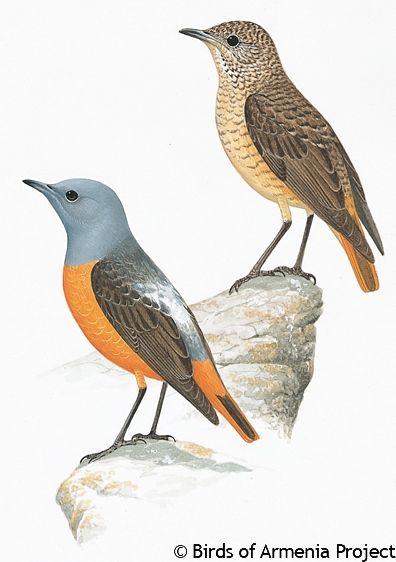In many places of our hills and mountains we can observe the phenomenon of recolonization of abandoned agricultural areas by native shrubs and trees. This started in the 60s of the last century when there was an economic boom and the social and productive reality of the country has completely changed. Has been preferred a new lifestyle to the harsh reality of the farms, more modern and concentrated in urban centers, small and large.
If crops or grazing cease, very slowly the Ā«vegetal mantleĀ» takes possession of the spaces that had been taken from it. From the ecological point of view we speak of a 'succession' of plant communities that, over time, leads to a newly formed forest. We pass first from the phase of the uncultivated, then to that of the shrub and finally to the forest. It is estimated that 200-300 years are needed to return to the actual primary forest environment.
Where this evolution is more evident the rural landscape has completely disappeared and the environment appears more 'wild' but at the same time more homogeneous than in the past.
The progress of the forest has been one of the most radical and impactful environmental changes that have affected our country, especially in the Apennine areas.
There is a tendency to think that the large increase in forest area is a positive factor. In reality, the uncontrolled development of new wooded areas can have social, cultural, environmental and economic consequences. There is, in fact, loss of ecosystems and historical landscapes and productive land, as well as the increased risk of instability and other natural disasters (floods, landslides and fires). This is mainly because the intermediate stages of the succession process are very unstable and there is less care and vigilance by local populations.
On the ecological level there is a great change, in terms of quality, following the recolonization by the forest. The ecosystems of which man was a supporter, in fact, host a large number of species, animals and plants. With the beginning of the succession there is a strong reduction in biodiversity and the loss of species that are, in general, very specialized and demanding; these make way for more competitive and generalist species. As for the fauna, for example, there has been the rarefaction of species of birds closely linked to the open environments in favor of ungulates and wolves. There are also evident effects on the aesthetics of the landscape, which is no longer complex and articulated as in the past. One of the most evident is the loss of the chromatic element due to the blooms due to the floristic impoverishment that is typical of the meadows and pastures. It is no coincidence that in the Habitats Directive, with which the European Union defines which species and ecosystems are to be protected, several 'semi-natural' habitats are listed that need human action to be maintained, plant and animals linked to them.



